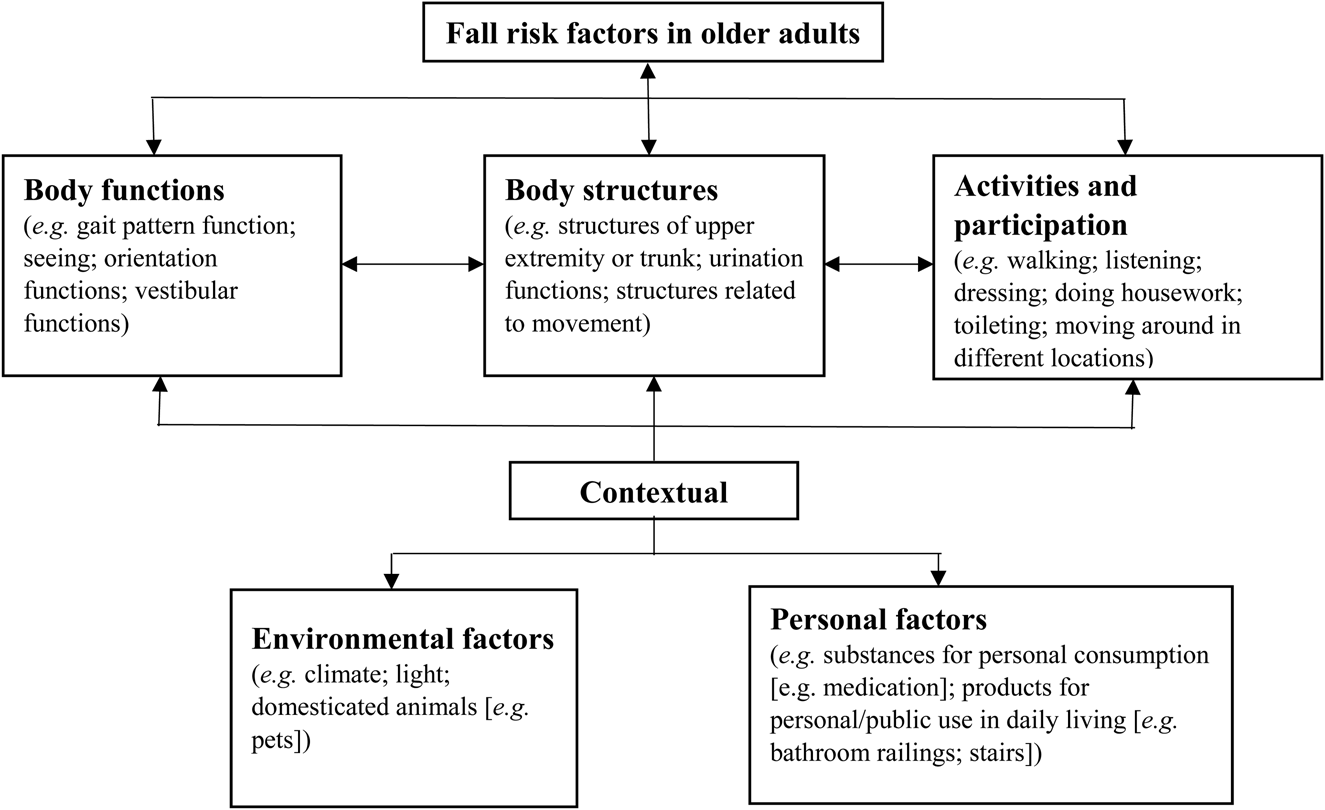Dementia Fall Risk - The Facts
Dementia Fall Risk Things To Know Before You Get This
Table of ContentsDementia Fall Risk - An OverviewNot known Incorrect Statements About Dementia Fall Risk Dementia Fall Risk Things To Know Before You Get ThisLittle Known Questions About Dementia Fall Risk.
A fall danger evaluation checks to see exactly how likely it is that you will drop. It is mostly done for older adults. The assessment normally includes: This includes a collection of questions concerning your total wellness and if you have actually had previous falls or issues with balance, standing, and/or walking. These tools test your strength, balance, and gait (the means you stroll).Interventions are recommendations that might reduce your risk of dropping. STEADI includes three actions: you for your threat of dropping for your threat aspects that can be boosted to try to stop drops (for instance, balance troubles, damaged vision) to reduce your risk of dropping by utilizing efficient techniques (for instance, supplying education and learning and resources), you may be asked a number of questions including: Have you dropped in the past year? Are you worried about dropping?
If it takes you 12 secs or even more, it might mean you are at higher risk for a fall. This examination checks toughness and equilibrium.
The placements will get more challenging as you go. Stand with your feet side-by-side. Move one foot halfway onward, so the instep is touching the huge toe of your other foot. Move one foot totally before the other, so the toes are touching the heel of your other foot.
Facts About Dementia Fall Risk Uncovered
A lot of falls happen as a result of multiple contributing aspects; for that reason, taking care of the threat of dropping starts with identifying the aspects that add to fall threat - Dementia Fall Risk. A few of the most relevant risk variables include: History of prior fallsChronic clinical conditionsAcute illnessImpaired gait and equilibrium, lower extremity weaknessCognitive impairmentChanges in visionCertain high-risk medications and polypharmacyEnvironmental variables can also raise the risk for drops, including: Poor lightingUneven or harmed flooringWet or slippery floorsMissing or damaged hand rails and get hold of barsDamaged or improperly fitted equipment, such as beds, wheelchairs, or walkersImproper use assistive devicesInadequate guidance of individuals residing in the NF, including those that exhibit aggressive behaviorsA effective fall threat monitoring program needs a thorough clinical assessment, with input from all members of the interdisciplinary group

The care strategy ought to also consist of interventions that are system-based, such as those that promote a safe environment (suitable lighting, handrails, order bars, and so on). The efficiency of the interventions ought to be examined occasionally, and the treatment plan modified as needed to show changes in the loss threat assessment. Applying a loss risk management system using evidence-based finest technique can decrease the occurrence of falls in the NF, while restricting the possibility for fall-related injuries.
The smart Trick of Dementia Fall Risk That Nobody is Talking About
The AGS/BGS standard recommends evaluating all grownups aged 65 years and older for web link loss risk each year. This screening consists of asking individuals whether they have actually dropped 2 or more times in the past year or sought clinical attention for a loss, or, if they have not fallen, whether they really feel unstable when strolling.
Individuals that have actually dropped as soon as without injury should have their equilibrium and gait reviewed; those with stride or equilibrium irregularities should get additional assessment. A history of 1 loss without injury and without gait or equilibrium problems does not warrant further assessment beyond continued annual fall threat testing. Dementia Fall Risk. A loss risk evaluation is called for as part of the Welcome to Medicare assessment

Excitement About Dementia Fall Risk
Documenting a falls history is among the high quality indicators for fall prevention and administration. A critical part of danger evaluation is a medication testimonial. Several classes of drugs increase loss danger (Table 2). Psychoactive medicines in particular are independent predictors of falls. These drugs often tend to be sedating, modify the sensorium, and harm balance and gait.
Postural hypotension can typically be minimized by decreasing the dosage of blood pressurelowering drugs and/or quiting drugs that have orthostatic hypotension as a side effect. Usage of above-the-knee assistance hose and resting with the head of the bed elevated may additionally minimize postural reductions in high blood pressure. The preferred aspects of a fall-focused physical evaluation are received Box 1.

A Pull time better than or equal to 12 seconds suggests high autumn threat. Being unable to stand up from a chair of knee height without utilizing one's arms suggests raised fall danger.